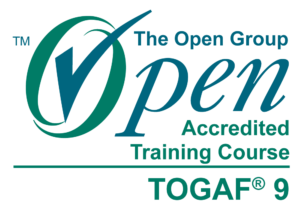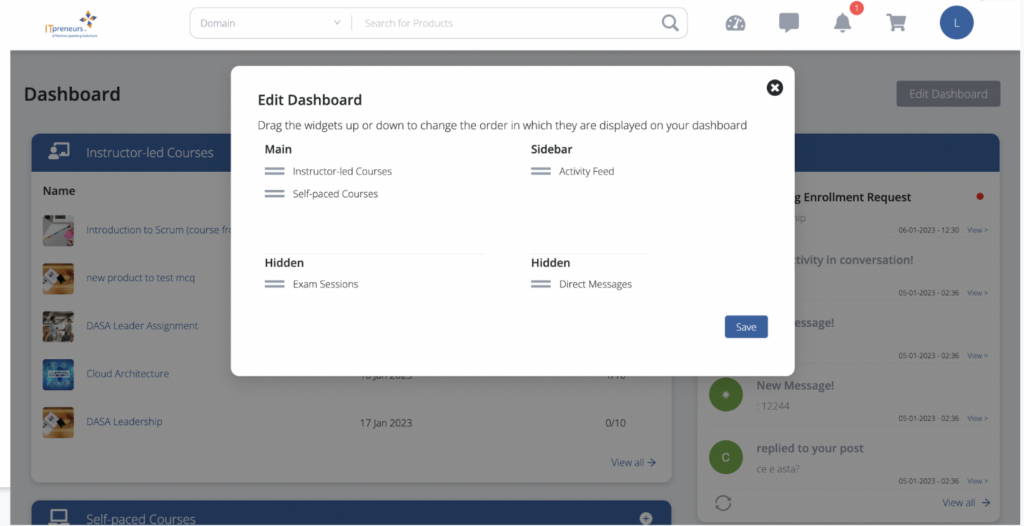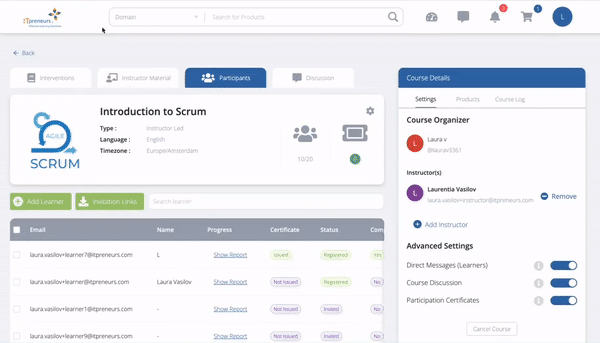Curious to learn about training opportunities around IT architecture? You’re not alone. Many of our partners are interested in this topic. Fortunately, there’s Greg Trasuk, Stream Lead at Web Age Solutions, who’s one of our content partners for enterprise architecture courseware. Greg was kind enough to answer some of my burning questions:
Let’s start off with an easy question. What is enterprise architecture (EA) and why should training and consulting companies care?
Using technology to solve an immediate, pressing problem is relatively easy. Designing and implementing a robust architecture that serves the immediate needs of the enterprise and is consistent with the long-term strategic vision of the organization is, well, a bit more difficult. Enterprise architecture is the practice of applying a comprehensive and rigorous method for describing, defining, designing, and ultimately deploying a framework. It’s a framework that addresses business architecture, performance management, organizational structure, and process architecture.
Greg, could you tell us which types of organizations benefit from EA training?
I sure can. The end goal of EA is to have a functioning business, supported by appropriate technology. To that end, the more complex the business is, the more difficult it is to understand the functioning business and tailor the technology to it. Here’s where EA training is beneficial.
Also, the farther a business’s core operations are from “IT”, the more likely it is that “IT doesn’t understand the business” and “the business doesn’t understand IT”. Hence the more valuable “Enterprise Architecture” will be in bridging that gap.
Really, all organizations can benefit from EA, but of those we talk to, the ones most interested in EA usually mention that they have a large number of systems supporting operations, these systems usually don’t work together to share information very well, and maintenance costs are growing, or they are having difficulty serving new needs or markets.
And, how does Enterprise Architecture relate to other training topics?
To answer that question, we have to look at what EA tries to do. EA answers the questions “Is the business organized correctly”, and then “What IT systems do we need to support it”.
Enterprise Architecture produces a series of Solution Architecture projects, which then drive system implementation projects.
So… EA courses go hand-in-hand with Solution Architecture courses, which then lead to Software Architecture courses, and then training in specific technical topics (programming languages, frameworks, technologies, etc).
The roadmap (see below, click to enlarge) provides the best direction on this. It’s visually clear and concise for non-technical and or technical savvy sales reps.
Ok, I can see that the architecture portfolio consists of certification courses (e.g. TOGAF and Archimate) and non-certification courses, what are the benefits of non-certification courses?
They are not focused on a specific vendor implementation or approach or teaching to a test. They teach you best practices, methodology, flexible approaches based on client needs with an “open mind approach” on how to do things.
Since we now know which organizations benefit from Enterprise Architecture training and what other courses we can offer with it, why offer EA training, now?
The customers of training and consulting companies are bombarded with new technologies that may or may not be important to them, questions such as:
- Which technologies should they adopt?
- What capabilities do they have?
- What skills do they need to develop?
EA gives you the tools to help your clients come up with answers to these questions.
Obviously, Enterprise Architecture training will help an organization in the area of EA, but what can you tell about unexpected benefits?
We see that EA encourages people to use a common vocabulary and it lets them communicate better. We try to teach technical people that their biggest challenges are non-technical. (read this post to learn about the 10 common IT management mistakes, “Assuming IT is only for the IT function” is actually one of them.
We see that our delegates end up better-prepared to communicate with business people.
We try to teach technical people that their biggest challenges are non-technical.
So, let’s say training companies understand the benefits, they do offer it to their clients. How can they overcome some of the rejections?
What every client will be interested in is the value of the training. They want to see a return on investment (ROI). When training a developer you can see an increase in performance. The results from Architecture is not less tangible. The people in the company who are pushing for Architecture training understand the value but they often have to sell the value to the powers that be.
So, often much of the heavy lifting is on the shoulders of the internal champions.
Often it is difficult as a vendor to move the process forward until there is buy-in beyond the group who wants the training. For that reason, EA/Architecture training is often a somewhat long sales cycle.
However, one strategy to help organizations work towards a common goal is to push for the leads of the various Architecture domains to take training that provides education on common vocabulary across all of the Architecture domains. The course Fundamentals of Architectural Thinking is a great starting point to try and move a stalled opportunity along by promoting the idea of a common vocabulary across an organization. It also provides the opportunity to be introduced to some of the other teams who might have specific responsibilities for business architecture, solution, and software architecture.
There are specific courses that cover the four Architecture domains so a lead into all domains with the fundamentals course can open up the door to courses for the specific domains
Thanks, Greg, that was very helpful. I’m positive it’s helpful for any training or consulting company out there interested in offering EA training. And that last answer you gave is great for any company already offering EA courses. Thanks a lot!
About the author

I started asking “why” when I was a little boy and I have never stopped asking since. It’s also the reason I was intrigued when I read the question “We are awake 16 hours of the day, what do you do with your time?” in one of Mark Manson’s blog posts. I started thinking about what I do all day. All-day long, I come up with creative ideas. Ideas related to marketing, design and even general improvements. I just love to ‘improve’, whether that’s helping people get comfortable with our software, quicker, or fixing my sailboat with zip-ties so we can start the race.




